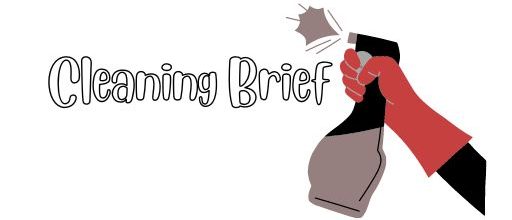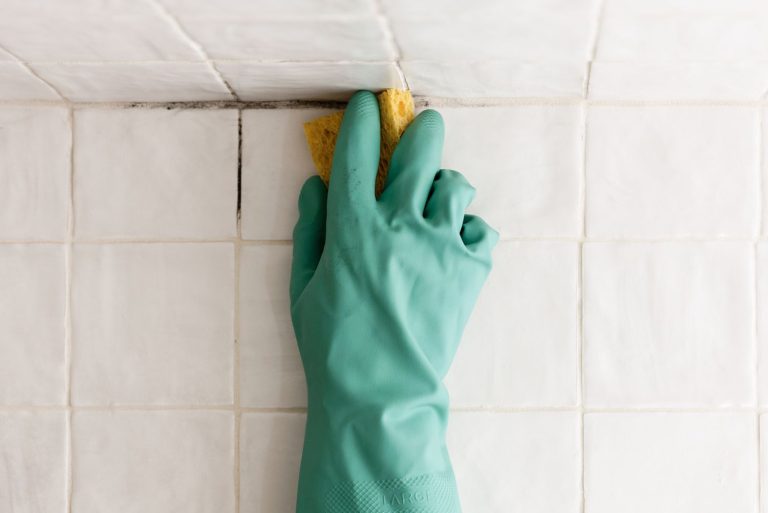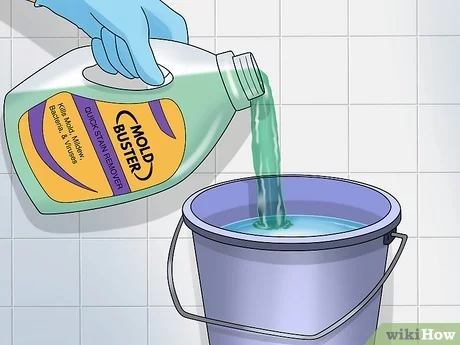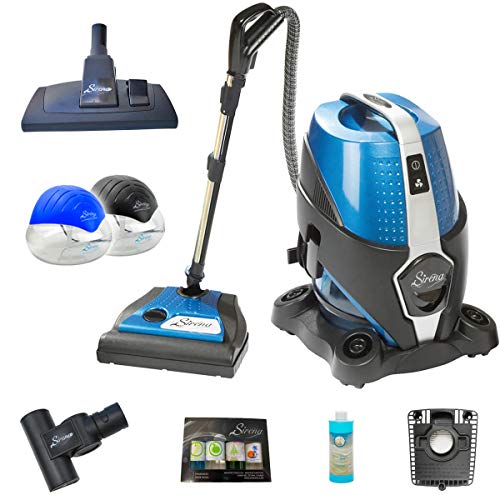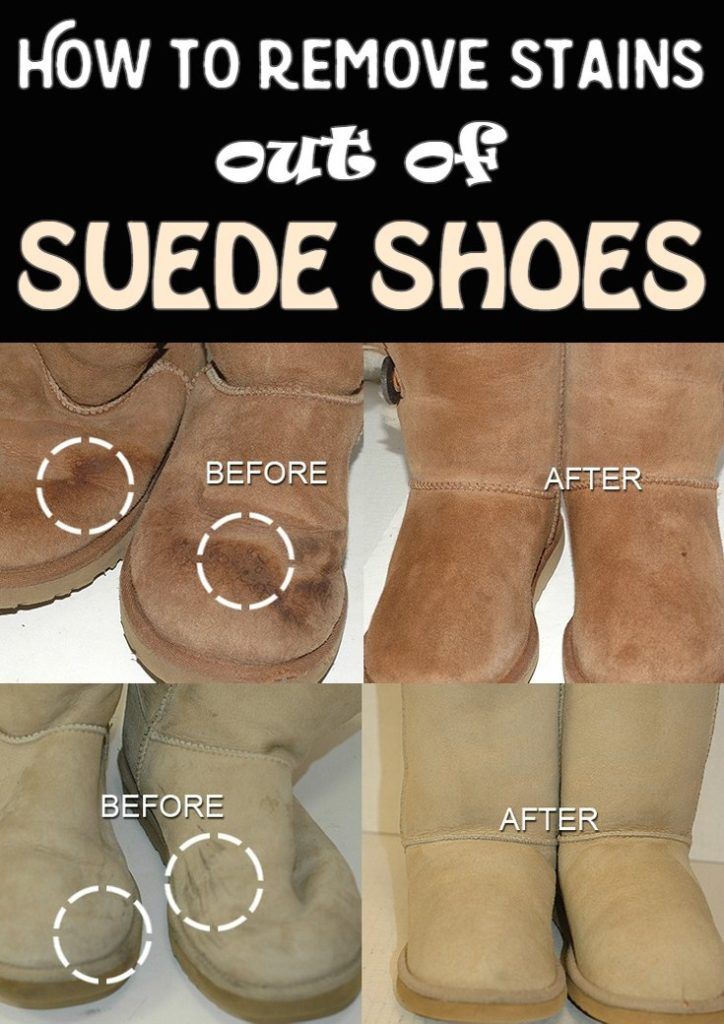How to Safely Remove Mold from Sheetrock: Expert Tips!
To clean mold off sheetrock, mix equal parts water and bleach, then apply the solution to the affected area using a brush or sponge. Let it sit for 15 minutes before scrubbing and rinsing with clean water.
Mold growth on sheetrock is a common problem that many homeowners face. Not only does it look unappealing, but it can also pose health risks if left unaddressed. Therefore, it is crucial to know how to effectively remove mold from sheetrock.
While various methods exist, one recommended approach is to use a mixture of water and bleach. This article will guide you through the steps involved in cleaning mold off sheetrock, providing you with the necessary knowledge to tackle this issue and maintain a healthy living environment. Let’s delve into the details of this simple and efficient cleaning process.
Identifying Mold On Sheetrock
Identifying mold on sheetrock is crucial in order to take prompt action and prevent its spread. By catching mold growth early, you can minimize damage, improve indoor air quality, and safeguard the health of your family. This section will guide you on identifying mold on sheetrock, pointing out the common signs of its presence and highlighting the importance of early detection.
Common Signs Of Mold On Sheetrock
Recognizing the signs of mold on sheetrock can help you address the issue before it becomes more severe. Here are some common indicators:
- Visible discoloration: Keep an eye out for patches or spots that are black, brown, green, or even white.
- Musty odor: Mold growth often emits a distinct, unpleasant smell. If you detect a strong musty odor in a specific area, it’s likely there is mold present.
- Water damage: If you’ve had recent water leakage or flooding, the chances of mold growing on sheetrock are higher. Check for any signs of staining, warping, or peeling paint.
Importance Of Early Detection
Early detection of mold on sheetrock is essential for several reasons:
- Prevent health issues: Mold can trigger allergies, respiratory problems, and other health issues, especially for those with pre-existing conditions.
- Protect the integrity of sheetrock: Mold can gradually weaken the structural integrity of sheetrock, making it vulnerable to damage and requiring costly repairs.
- Minimize mold spread: Acting promptly reduces the chances of mold spores spreading to other areas of your home and causing more extensive damage.
- Maintain indoor air quality: Mold can release harmful spores into the air, which can lead to poor indoor air quality. Timely detection helps maintain a healthy living environment.
By being vigilant and knowledgeable about the signs of mold on sheetrock, you can promptly address any issues and protect your home and loved ones.

Credit: abc13.com
Precautionary Measures Before Removal
Mold on sheetrock can pose serious health risks if not properly handled. For your own safety and to prevent further contamination, it is crucial to follow precautionary measures before attempting to remove mold from sheetrock. Taking these steps will help protect you and ensure effective mold remediation.
Protective Gear And Equipment
Wearing appropriate protective gear is vital when dealing with mold on sheetrock. This will safeguard you from inhaling mold spores and minimize the risk of skin irritation. Here are some essential gear and equipment you should consider:
- N95 Respirator Mask: This type of mask filters out tiny airborne particles, including mold spores.
- Gloves: Choose disposable gloves made of nitrile or latex to avoid direct contact with mold.
- Eye Protection: Safety goggles or glasses shield your eyes from mold spores and cleaning agents.
- Protective Clothing: Wear long sleeves, pants, and shoe covers to prevent mold from coming into contact with your skin or clothes.
- Cleaning Tools: Have brushes, scrubbers, sponges, and a garbage bag for proper disposal of contaminated materials.
Containing The Affected Area
Containing the affected area is vital to prevent mold spores from spreading to other parts of your home. Follow these steps to effectively contain the mold:
- Seal Off the Room: Close all windows and doors leading to the affected area. Use plastic sheets or tarps to cover openings and create a containment barrier.
- Use Negative Air Pressure: Set up a fan or a ventilation system to blow air out of the room. This helps prevent mold spores from escaping and contaminating other areas.
- Consider Air Filtration: Using an air purifier with a HEPA filter will further improve air quality by trapping and removing mold spores.
- Cover Furniture and Belongings: Protect nearby furniture and belongings by covering them with plastic sheets or moving them out of the affected area.
- Minimize Dust and Disturbance: Avoid activities that can stir up dust or dislodge mold spores, such as excessive scrubbing or vacuuming.
By following these precautionary measures and taking the necessary steps to protect yourself and contain the mold, you are well-prepared for the safe and effective removal of mold from sheetrock. Remember, your safety and health should always be the top priority in any mold remediation project.
Safe Mold Removal Techniques
When dealing with mold on sheetrock, it’s crucial to prioritize safe mold removal techniques. Whether you’re tackling a small infestation using DIY methods or seeking professional remediation for extensive mold, it’s essential to prioritize safety for yourself and anyone else in the area.
Diy Methods For Small Infestations
For minor mold growth on sheetrock, you can utilize simple DIY techniques to effectively remove the mold while ensuring safe practices.
- Protective Gear: Wear gloves, goggles, and a mask to prevent exposure to mold spores.
- Cleaning Solution: Mix a solution of mild detergent and water to scrub and remove the mold from the sheetrock surface.
- Ventilation: Open windows or use fans to ensure proper airflow while cleaning to prevent inhaling mold spores.
- Drying: Thoroughly dry the area after cleaning to prevent mold regrowth.
Professional Remediation For Extensive Mold
If you’re dealing with a large or extensive mold infestation on sheetrock, it’s best to seek professional mold remediation services. Professional remediation ensures thorough removal and addresses the root cause to prevent future mold growth.
- Inspection: Professionals will conduct a thorough inspection to assess the extent of the mold infestation and identify any underlying issues.
- Containment: Proper containment techniques are used to prevent mold spores from spreading to unaffected areas of the property.
- Removal: Skilled technicians will safely remove the mold from the sheetrock using industry-approved methods and equipment.
- Prevention: Professionals will advise on preventative measures to avoid future mold issues, such as moisture control and improved ventilation.

Credit: granitegold.com
Cleaning Up After Removal
Once you have successfully removed mold from sheetrock, the next crucial step is to properly clean up the area to prevent any further contamination. Cleaning up after mold removal is an essential part of the process to ensure a safe and healthy environment. In this section, we will discuss two important aspects of cleaning up after removal: proper disposal of contaminated materials and post-remediation inspection.
Proper Disposal Of Contaminated Materials
When it comes to mold-infested materials, it is vital to handle them with care and dispose of them properly. Incorrect disposal can lead to spreading the mold spores and causing additional outbreaks. Follow these guidelines for the proper disposal of contaminated materials:
- Wear personal protective equipment (PPE) – gloves, goggles, and a mask – to protect yourself from mold exposure.
- Seal the contaminated materials in heavy-duty plastic bags or wrap them in plastic sheets to contain the mold spores.
- Label the bags or sheets clearly as “contaminated” to avoid accidental exposure.
- Contact your local waste management authority to inquire about their regulations for disposing of mold-contaminated materials.
- Arrange for a professional mold removal service to transport and dispose of the materials properly, if necessary.
Post-remediation Inspection
After a thorough cleanup, conducting a post-remediation inspection is crucial to ensure that the mold has been effectively removed and the affected area is now safe. Here are some important steps to follow during the inspection:
- Visually inspect the cleaned area for any signs of mold growth. Pay close attention to corners, cracks, and areas prone to moisture.
- Check the air quality using a mold testing kit or hire a professional to conduct air sampling.
- Ensure that the moisture source causing the mold growth has been repaired and resolved.
- If necessary, consult with a qualified mold inspector to verify that the sheetrock is mold-free and safe to be reinstalled or if any additional steps are required.
By adhering to proper disposal practices and performing a thorough post-remediation inspection, you can ensure that your sheetrock is mold-free and the risk of future mold growth is minimized. These essential steps contribute to a healthier living environment for you and your loved ones.
Preventing Future Mold Growth
Mold growth can be a persistent problem, especially on sheetrock. While knowing how to clean mold off sheetrock is essential, taking measures to prevent future growth is equally important. By implementing proper moisture control and ventilation and conducting regular inspections and maintenance, you can effectively hinder the recurrence of mold on your sheetrock.
Moisture Control And Ventilation
Moisture is the primary catalyst for mold growth. By controlling moisture levels and improving ventilation, you can create an environment that is less conducive to mold proliferation. Here are some actionable steps to help you prevent mold growth:
- Keep the humidity levels in your home below 50% using dehumidifiers or air conditioners.
- Fix any plumbing leaks promptly to prevent excess moisture from accumulating on the sheetrock.
- Ensure proper ventilation in areas prone to moisture, such as bathrooms, kitchens, and laundry rooms, by installing exhaust fans.
- Allow for air circulation by keeping furniture away from walls and ensuring that closets are well-ventilated.
Regular Inspections And Maintenance
Frequent inspections and proactive maintenance are vital to keeping your sheetrock mold-free. By regularly checking for signs of mold and addressing any issues promptly, you can prevent mold growth from spreading and causing further damage. Here are some guidelines to follow:
- Inspect your sheetrock for any discoloration, musty odors, or water stains, as these can indicate the presence of mold.
- Pay close attention to areas that are prone to moisture, such as basements and crawl spaces.
- Seal any cracks or gaps in the sheetrock to minimize the risk of moisture infiltration.
- Regularly clean and maintain your home’s gutters and downspouts to ensure proper drainage away from the foundation.
- Consider applying mold-resistant paint or coatings to your sheetrock to provide an additional layer of protection.
By diligently implementing these preventative measures, you can significantly reduce the chances of mold growth on your sheetrock. Remember, prevention is key when it comes to maintaining a clean and healthy living environment.
:max_bytes(150000):strip_icc()/MoldInsideWalls-d40fdee134fd46cf9e9090bb3576e5c6.jpg)
Credit: www.thespruce.com
Frequently Asked Questions For How To Clean Mold Off Sheetrock
How Can I Remove Mold From Sheetrock?
To remove mold from sheetrock, first identify the source of moisture. Then, wear protective gear and use a mixture of bleach and water to scrub the affected area. Allow it to dry completely, and consider applying a mold-resistant primer or paint to prevent future growth.
Is It Safe To Clean Mold Off Sheetrock?
Cleaning mold off sheetrock can be safe if done properly. Make sure to wear protective gear such as gloves and a mask to avoid inhaling mold spores. Ventilate the area well and follow recommended cleaning procedures to minimize the risk of spreading spores and causing health issues.
Can I Clean Mold Off Sheetrock With Vinegar?
Vinegar can be an effective natural cleaner for light mold growth on sheetrock. However, it may not be as effective for heavy or stubborn mold. If using vinegar, apply it using a spray bottle and let it sit for at least an hour before scrubbing the mold off with a brush.
Conclusion
To conclude, cleaning mold off sheetrock is essential for maintaining a healthy and safe environment. By following the proper steps and using the right cleaning agents, you can effectively remove mold and prevent it from recurring. Regular inspection and maintenance will help to keep your sheetrock clean and mold-free, ensuring a healthy living space for you and your family.
